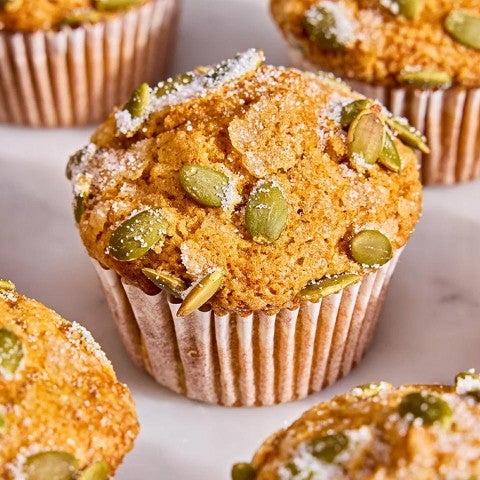-
To make the dough: In the bowl of a stand mixer fitted with the flat beater attachment, combine the milk, yeast, eggs, sugar, vanilla, and salt. Weigh your flour; or measure it by gently spooning it into a cup, then sweeping off any excess. Add the flour to the wet ingredients. Mix the dough on the lowest setting until just combined, less than 30 seconds; it will be quite shaggy and may feel slightly dry.
-
With the mixer running on low speed, add the butter 1 tablespoon at a time, waiting until each piece is incorporated before adding the next and stopping to scrape down the sides and bottom of the bowl often. This will take 4 to 5 minutes total.
-
Once the butter is incorporated, switch to the dough hook. Knead the dough on medium-low speed for 6 to 8 minutes, until it’s smooth and elastic. The dough will look and feel very sticky at first but will eventually become smooth and begin to pull away from the sides of the bowl.
-
Transfer the dough to a lightly greased bowl and cover with plastic wrap or your favorite reusable cover. Allow the dough to rise for 2 to 2 1/2 hours, or until doubled in size. Alternatively, proof the dough in the refrigerator for at least 8 hours and up to 24 hours; make sure the bowl is covered tightly with plastic wrap or use a large airtight container.
-
To fill and shape the loaves: Once the dough has risen, grease two 9" x 4" small Pullman loaf pans or 9" x 5" loaf pans.
-
Transfer the dough to a lightly floured surface and divide in half (about 480g each).
-
Working with one piece of dough at a time (keep the other piece covered until you’re ready to shape it in step 10), roll the dough into a 12" square. Dot the dough with half of the frangipane (a generous 3/4 cup or 180g) and spread it out evenly, leaving a 1" border around the edges. Add 1/2 cup (160g) plum preserves on top of the frangipane layer and spread it evenly.
-
Form the babka by rolling up the dough into a log, enclosing the filling. Using a metal bench scraper or sharp knife, slice down the center of the log to cut the log of dough in half. Turn the halves cut side up, place side by side, and twist together, tucking the ends underneath.
-
Using a bench knife for assistance, quickly transfer the twisted loaf into one of the prepared pans, adjusting it to fit in the bottom; it’s OK if it looks messy at this stage.
-
Repeat the process with the remaining dough and filling.
-
Cover the loaves loosely with plastic wrap and let them rise for 1 to 2 hours, until they are visibly puffy and have risen nearly to the top of the pan. (It will take the longer amount of time if your dough has been refrigerated overnight or if your kitchen is cold.) If using a 9" x 4" Pullman pan, the dough will be about 1" below the top of the pan when it’s fully risen.
-
Towards the end of the rise time, preheat the oven to 350°F with a rack in the middle.
-
Bake for 30 to 35 minutes, until the tops are deep golden-brown, then tent loosely with foil to prevent further browning, and continue to bake for 10 to 15 minutes, or until the babkas reach an internal temperature of 190°F and a thin knife or skewer inserted into the center comes out clean.
-
Remove the babkas from the oven and transfer them to a cooling rack. Allow them to cool in the pans for 10 minutes while you prepare the glaze.
-
To make the glaze: In a small saucepan over medium heat, combine the preserves and water and bring to a simmer. Cook for 2 minutes, stirring often, until the mixture reaches a syrupy consistency.
-
Turn the babkas out of the pans onto the wire rack. Brush the glaze evenly over the warm babkas. The dough will soak up any excess glaze as it cools.
-
Allow the babkas to cool completely before slicing and serving.
-
Storage information: Babkas are best sliced and served the day they’re baked. Store leftovers in an airtight container at room temperature for up to 3 days. For longer storage, wrap well and freeze for up to 3 months. When ready to serve, thaw at room temperature, wrap the babka in foil, and reheat in a 350°F oven until warmed through.





















